Scottish Terrier
The Scottish Terrier is a small dog breed that comes from the Terrier family. They are small, energetic, with a special sense of self-dignity that makes them quite funny. As with many Terrier breeds, the Scottish Terriers are fantastic watchdogs that will alert you about anything suspicious going on around their territory. They are small but extremely agile and athletic, which makes them great competitors in dog sports such as agility.
The Scottish Terrier is a great companion breed that will enjoy most of the family activities. They are not too fond of jogging or cycling, so if you are looking to have an active companion, think about a different breed. They are typical Terriers, meaning they have a high prey drive, so if you have other pets like Guinea pigs or rabbits, this might not be the best dog breed for you.
Terriers were used for vermin control, and you can make sure that no rodents will enter your yard while your Scottie is on guard. They also like to dig holes so make sure to teach them which part of the yard they are allowed to dig or give them another way of satisfying their digging urges and needs.

Height:
9.8 -11 in (25-28 cm)

Weight:
18,5-23 lb (8,5-10,5 kg)

Origin:
Great Britain

Life Expectancy:
11-13 years
Dog Breed Characteristics
Grooming
Scottish Terrier has a hard and wiry topcoat and a soft and dense undercoat. These dogs don’t shed much and only regular brushing will be enough to keep them looking good.
Scottish Terrier coat colors:
- Black
- Wheaten
- brindle of any color
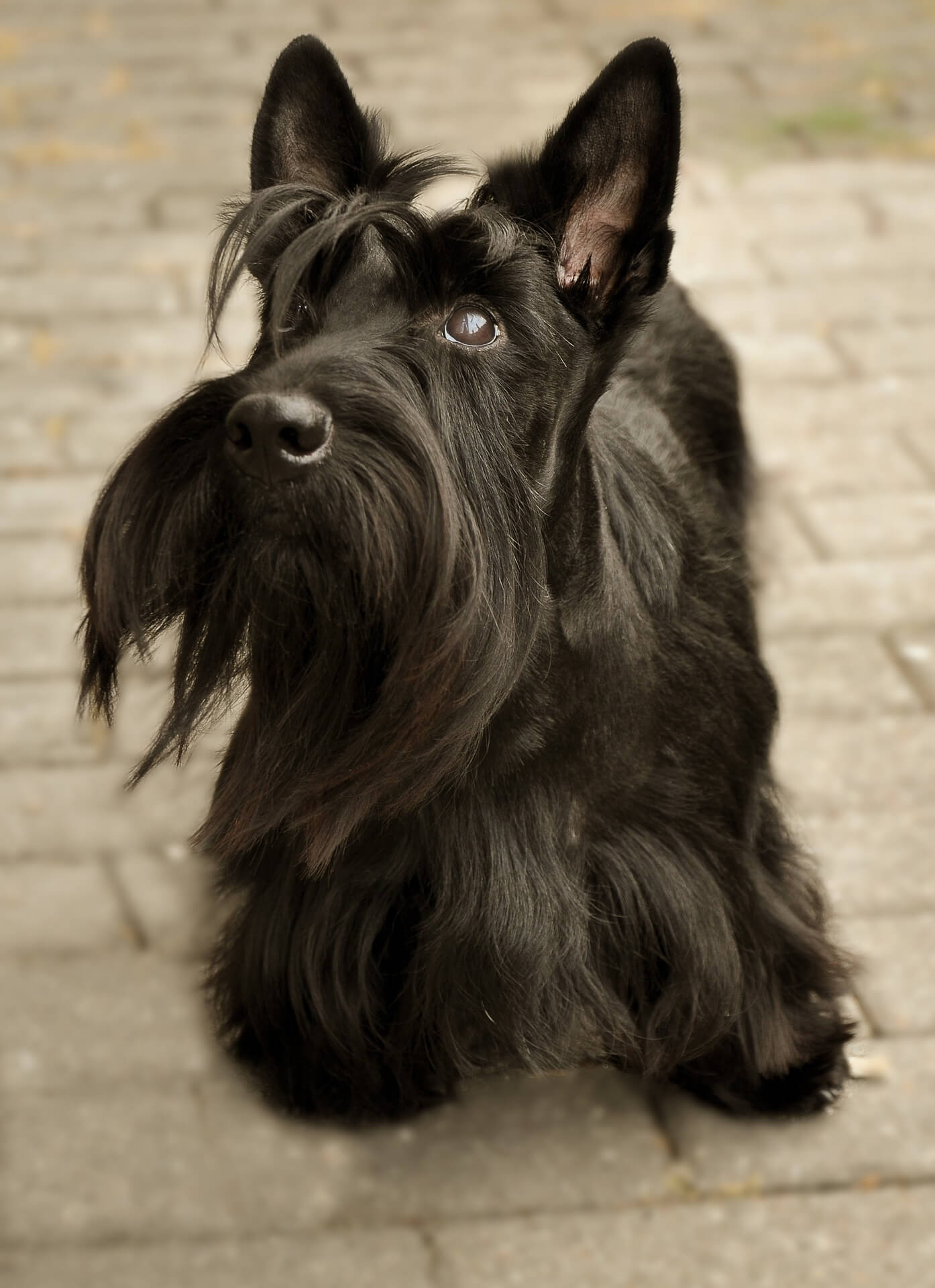
They will also need other basic care; brush their teeth at least three times a week. Check their ears for signs of infection and redness, bathe them regularly, and trim their nails if they don’t wear them down naturally.
Exercise
Scottish Terrier dogs are medium active, and they will need a proper amount of daily activities to be happy. Playing with his owner in the house, chasing the ball, or just long walks can all do the trick and satisfy this dog.
If you provide him with enough daily activities, you don’t have to worry that your dog will miss behaving.
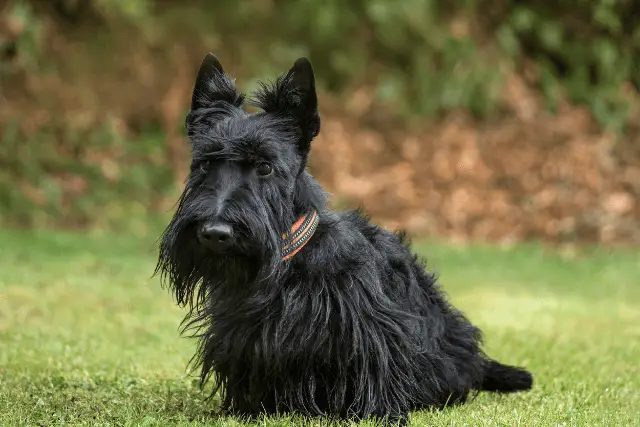
Socialization
Like any other dog breed, the Scottish Terrier should start the socialization process immediately. Dogs that are not well socialized are prone to behavioral problems and might react badly to situations they are not familiar with.
There are many ways you can socialize your Scottish Terrier, and the most important thing to do is to get your dog familiar with different situations they can find themselves in.
Take your dog to dog parks where they can meet other dogs and people. They can learn to react accordingly and understand that they don’t need to be scared of strangers and other dogs.

Kids
Early socialization and proper training can teach them to behave even when children are around. Their temperament makes them more suitable for families with older children. If you train and socialize your dog well, your children will get a great playing partner that has plenty of energy. However, Scottish Terriers will not tolerate aggressive behavior towards them or even between other children and may stop their quarrel before it escalates.
Children should never be left alone with any dog, no matter what breed it might be. You should make sure that your children understand how to approach dogs of this breed and understand how to interact and play with them properly.
Other animals
Scottish Terriers can be aggressive toward other dogs. You should always be careful. Here is where proper socialization will play its part. They are not the best fit for other pets. They have a strong prey drive, so they will most likely try and catch smaller animals such as gerbils, hamsters, squirrels, or rabbits
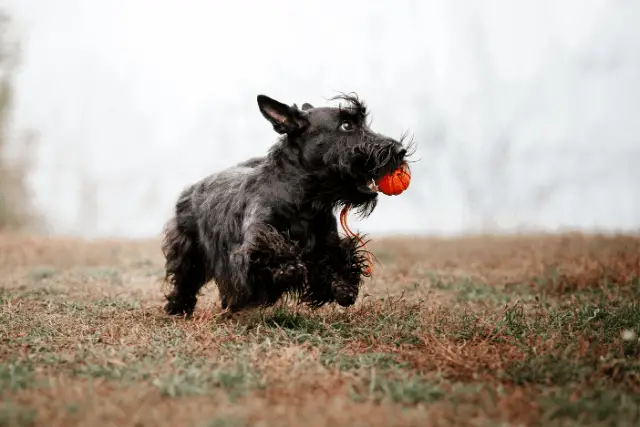
Health problems
Like any other dog breed, the Scottish Terrier can potentially develop health problems. If you are buying a dog, ensure the breeder can provide you with the necessary health tests and guarantees. Always ask to see the results of tests from the puppy’s parents. The health problems these dogs are associated with are:
- Von Willebrand's Disease - A problem with blood clotting can affect humans and dogs.
- Patellar luxation
- osteopathy
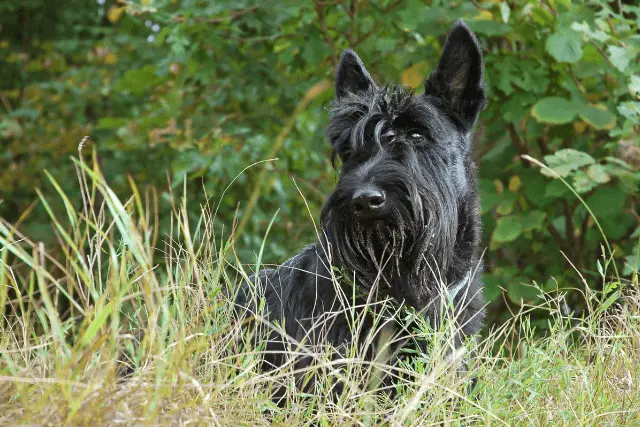
The Scottish Terrier is generally considered a very healthy breed that can live 11-13 years.
Scottish Terrier breeders
If you decide to buy a puppy of this breed, make sure it is from a registered and reputable Scottish Terrier breeder. Reputable breeders take good care of the physical and mental health of the dogs and mate only the best and healthiest dogs. A good breeder will tell you everything you need to know about these dogs and even tell you what medical conditions you should keep an eye on. These dogs are typical Terriers, so before you get one, try and learn as much as you can about this breed.
Buying a dog from a responsible breeder will cost you more money, but you can be sure that you will get a healthy puppy.
If you are unsure whether this is the breed for you, check out this FREE GUIDE that will help you decide which dog breed is right for you.
SEARCH SCOTTISH TERRIER BREEDERS
World Dog Finder team

Updated at31.08.2023.
Breed History
Scottish Terrier was originally developed for hunting rats, foxes, and badgers in the Scottish Highlands. First dogs were imported in the US in 1883, and these dogs reached the peak of their popularity in the 1930s.

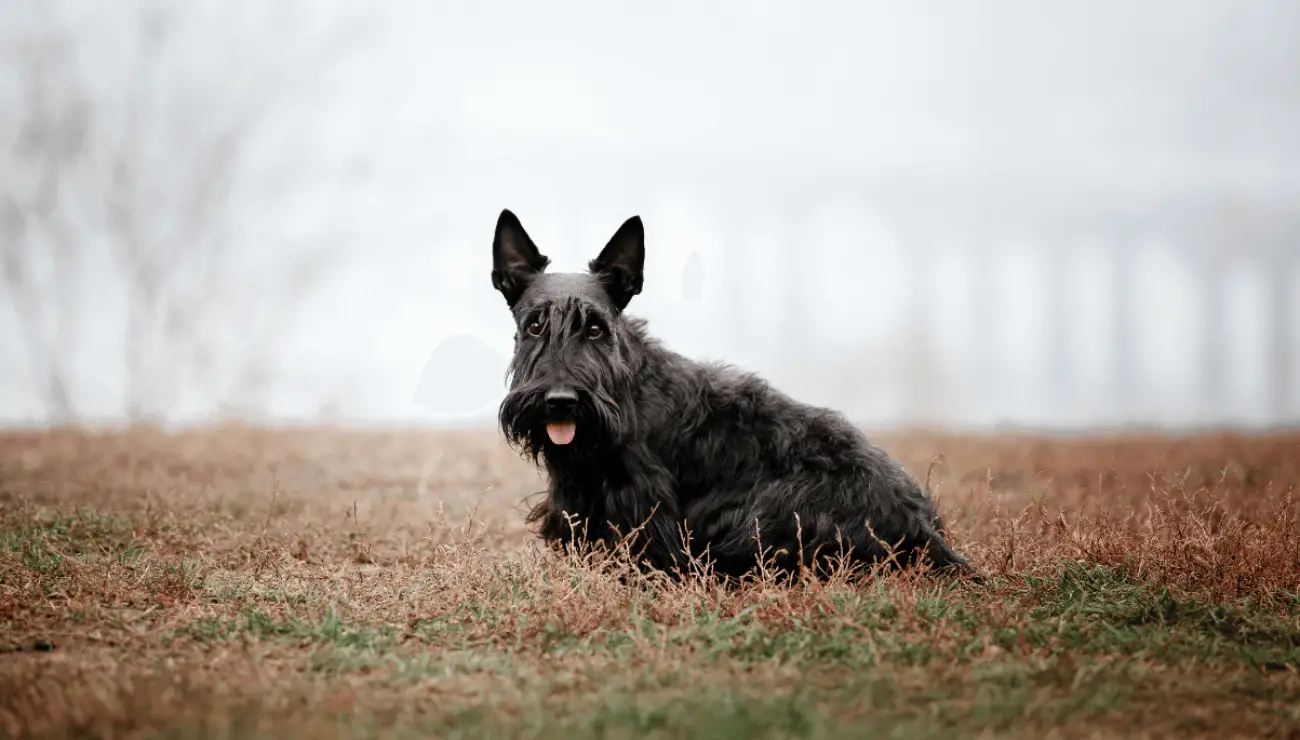
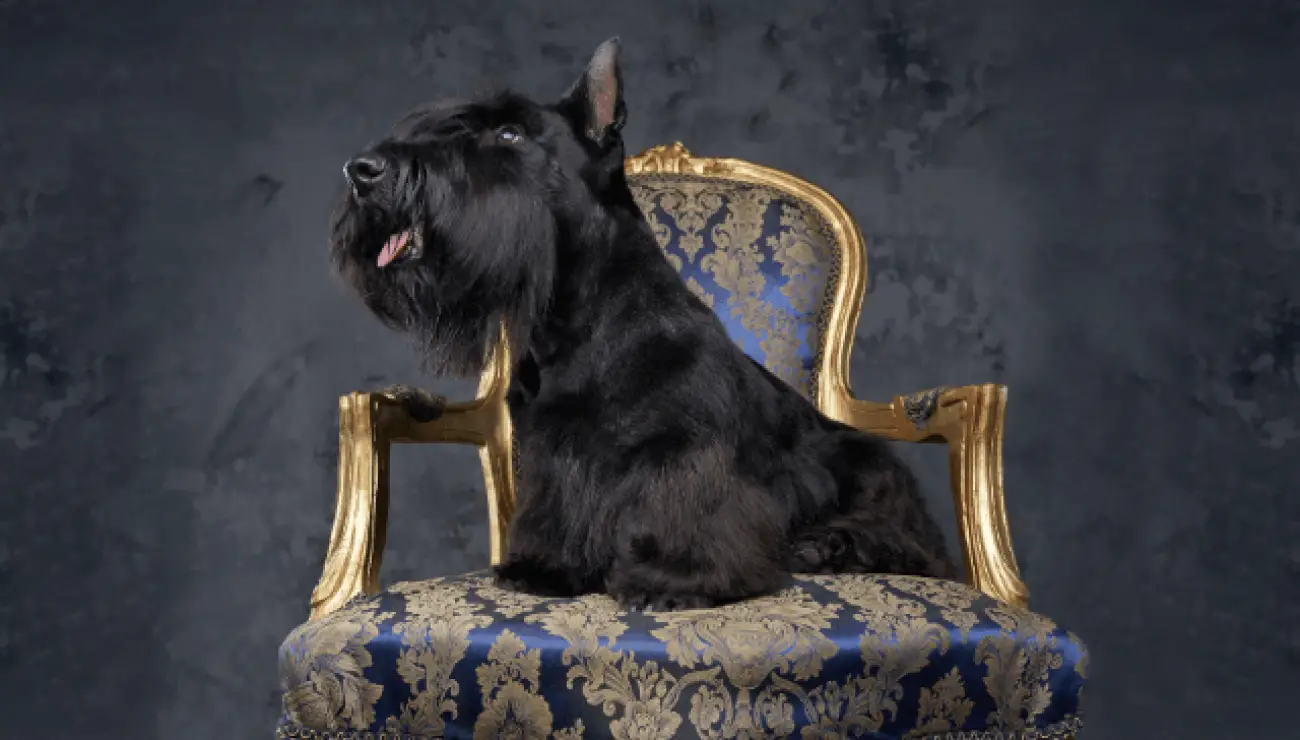
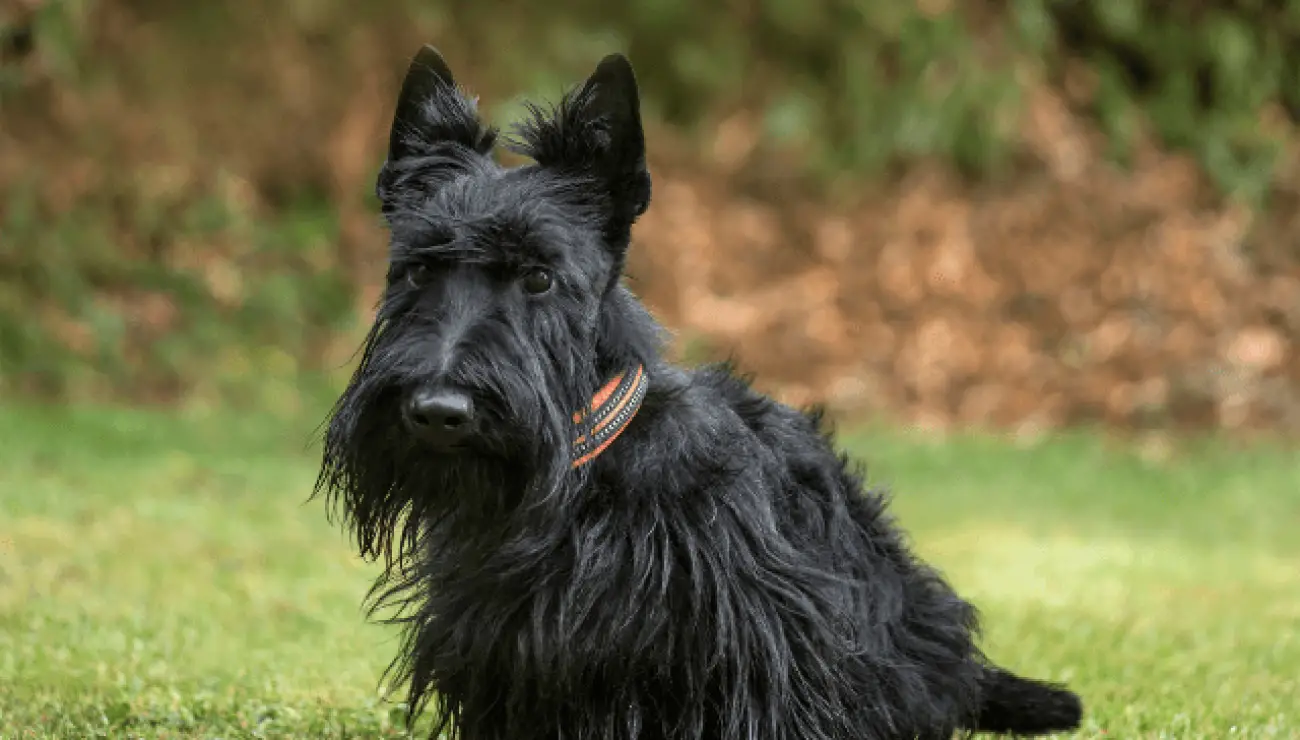
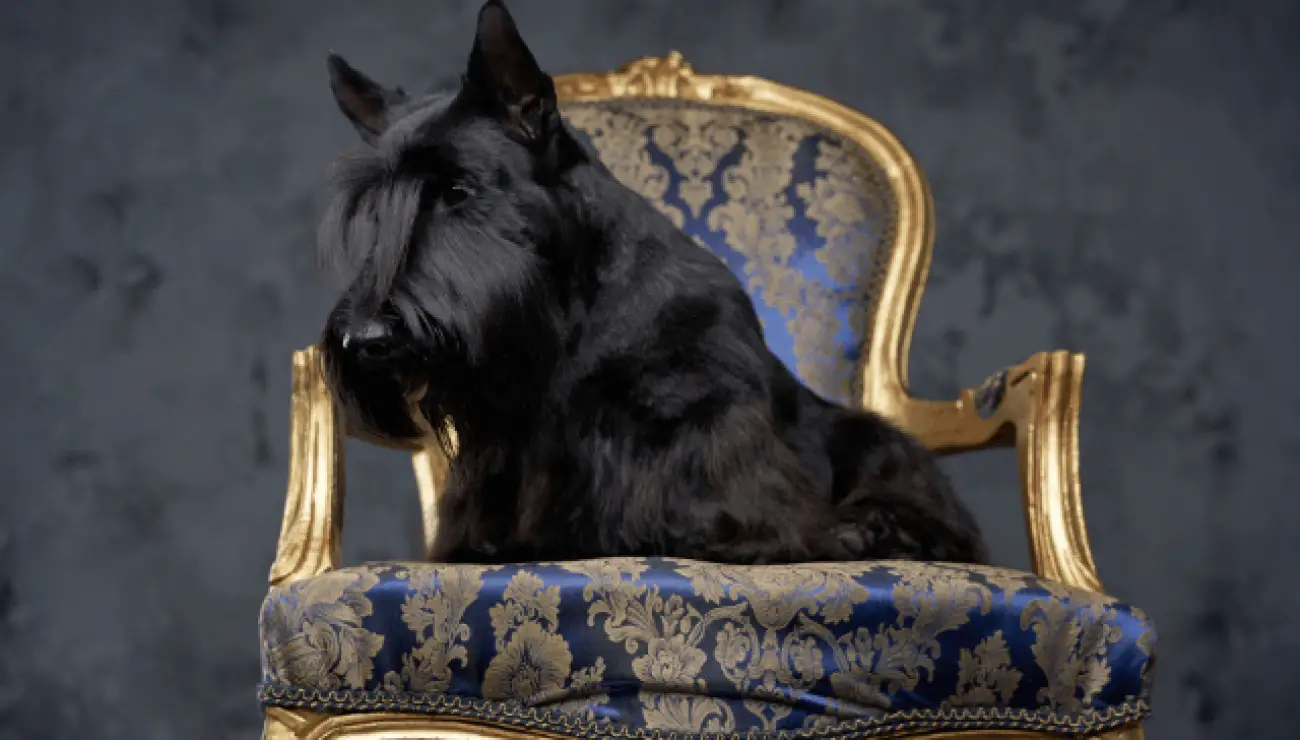
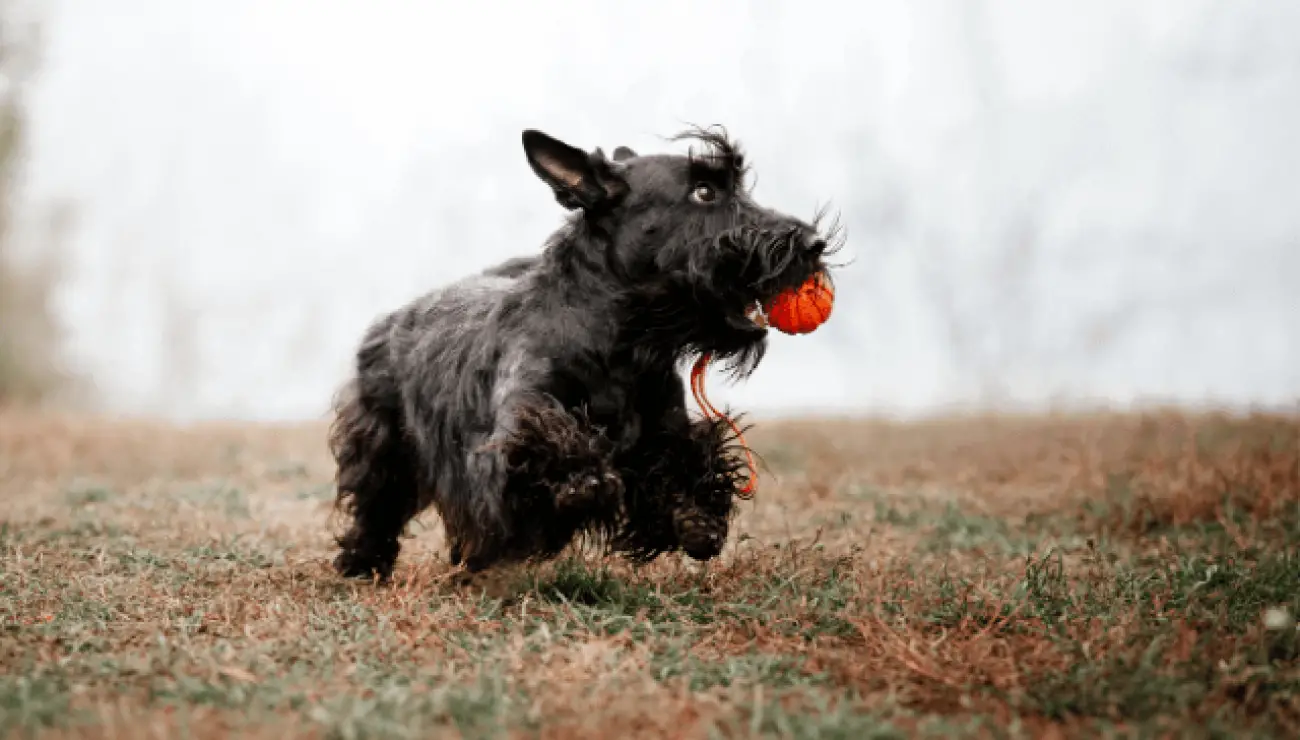
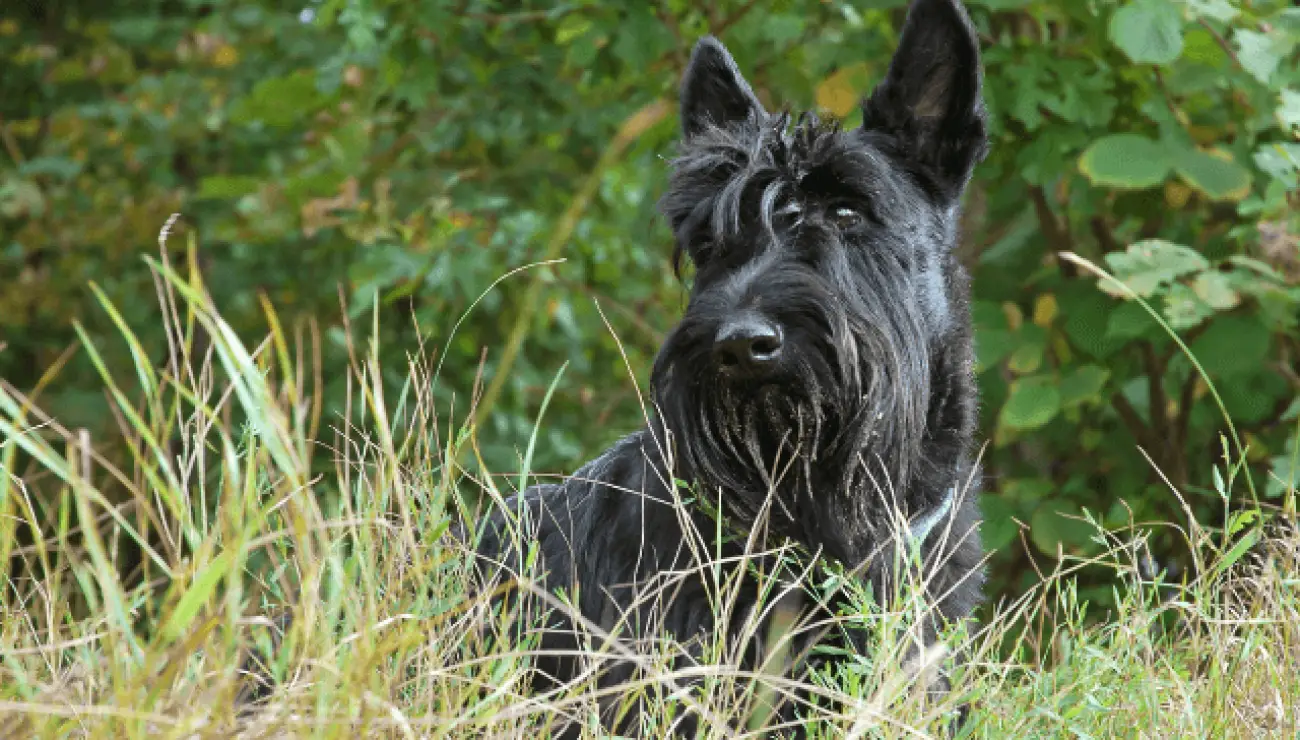
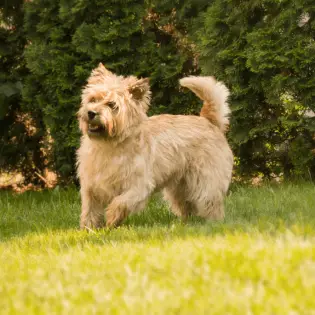



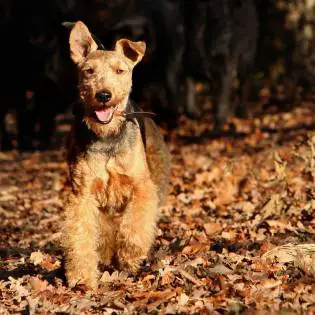



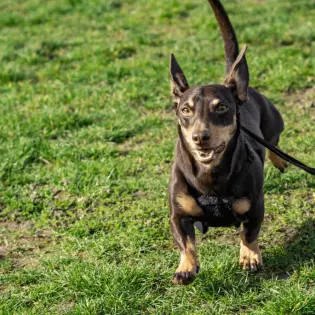


Share